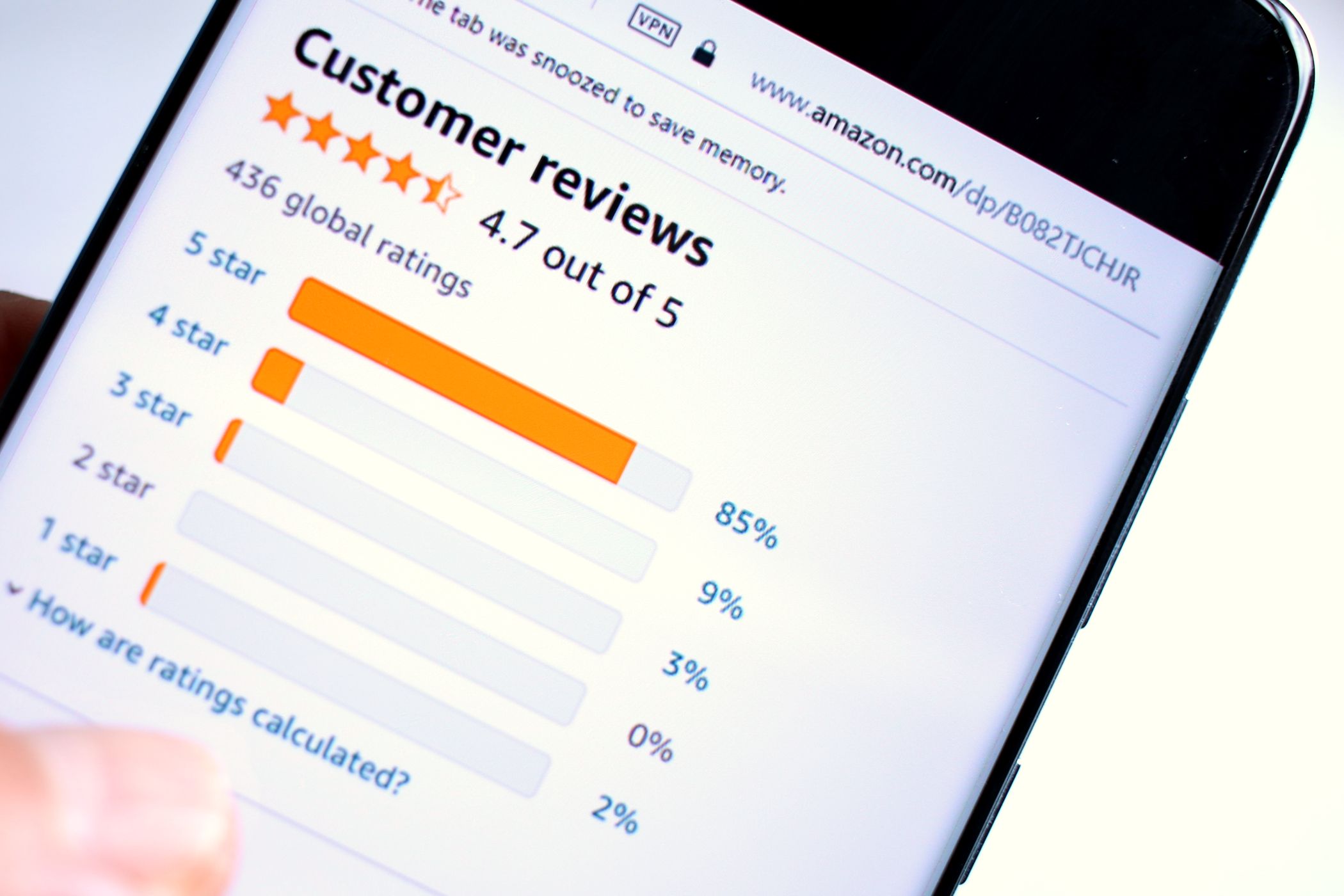
When browsing Amazon, it’s easy to jump straight to the five-star praise or the one-star warnings. But what if I told you you’re skipping over the most valuable insights in three-star reviews?
Why 5-Star Reviews Are Often Overly Positive
While it may seem natural to focus on five-star reviews first, it’s important to understand that they don’t necessarily depict a product in the most realistic light. These extreme reviews are often influenced by the user’s emotions and biased opinions—feelings like joy and excitement about a product.
For example, in a state of excitement, a user only writes about features that impressed them while ignoring its flaws, and most of these reviews are written shortly after receiving a product based on first impressions instead of providing a more neutral long-term experience. You must have come across several reviews like these on Amazon: “I just unboxed the product, and it looks great!”. Also, emotions are subjective and vary significantly from person to person. One person might give the product five stars, while another could give it one star, although the product is the same.
Additionally, individual experiences with specific types of products also differ. For instance, someone purchasing a mechanical keyboard for the first time might be amazed by its tactile feel and RGB lighting because they are experiencing these things for the first time and write an overly positive review filled with praise. In contrast, a person who has owned several mechanical keyboards may not find these features as impressive and expect more from the keyboard.
Biased reviews also arise from loyalty to a particular brand or company. This is commonly observed among Android and iPhone users. For instance, a long-time iPhone user might be biased in evaluating a new iPhone just because it’s from Apple.
One final problem with five-star reviews is that many are often fake, written solely to boost sales, with companies or manufacturers giving incentives to users in exchange for a positive review.
The Problem With 1-Star Reviews
When a product doesn’t live up to buyers’ expectations, they tend to be emotionally driven and write excessively negative reviews. Such reviews don’t mention any pros the product might have and depict the product in a more negative light than it deserves to be.
Often, these low-star reviews are outliers related to uncommon issues such as slow shipping or damaged packaging. Although these are real problems, they are less likely to occur and don’t directly relate to the product.
Also, we can’t ignore that a one-star review can be an attempt to tarnish a company or product’s image.
Why 3-Star Reviews Lead to Better Buying Decisions
To start, fewer people rate a product with two, three, or four stars compared to the more common five and one-star reviews. And since five-star ratings are often overly optimistic or fake, and one-star reviews frequently focus on issues unrelated to the product and don’t mention any pros, three-star reviews are the sweet spot for a balanced perspective.
Also, you will find three-star reviews are in-depth, highlighting both the pros and cons of the product, with phrases like “I’m taking a star off for XYZ reason,” that provide a more neutral and realistic evaluation of the product and explain what issues a user faced while using the product and things they liked about it. This comparison is what helps with making a better buying decision. You can read about the product’s downsides while also making sure it has the features you are looking for.
Finally, three-star reviews are the least likely to be fake. If someone wants to manipulate a product’s rating, five and one-star reviews are the most obvious choices, as they have the greatest impact on the overall score. For these reasons, it’s important not to be carried away by star ratings. A product always has good and bad sides, and a neutral review should mention both.
You can see this idea implemented on services such as YouTube and Netflix, where they have moved to a thumbs up and thumbs down button from star-based ratings, with YouTube going further and hiding the dislike count. With star ratings, people’s interpretations of what each star means to them vary, often leading to extreme ratings. With likes and dislikes, skewed ratings are reduced, and it’s outright straightforward. Either you like the product, or you don’t.

